“Peter [Beard, her ex-boyfriend] used to tell me that Lee really needed love, but that her values prevented her from getting that love because she had such a checklist, with money and glamour and all that. He thought that if she could just let go and get rid of the phony side of her life, she could be a happy person. But Lee was someone who all her life could not find fulfillment in anything, no matter what she did. She is a person who has never and will never get her life together, and one can tell this about her fairly quickly.
“At the exact center of Lee is a quintessential confusion. With anything she undertakes, be it one project or another, it can be pursued only so far and then this confusion takes over, and it just dissolves. Lee can’t follow through with anything, and the fact that she never got her life together is related to that somehow. There is a dilettantism in her that cannot be overcome. And right at the middle of Lee, along with her confusion, is a lack of self-respect and confidence in herself. She doesn’t really believe in herself very deeply. I had that feeling about her many times, and believe me, it did not begin yesterday, and it will not change either.”–Peter Mellon, as quoted in Diana DuBois’s ‘In Her Sister’s Shadow’, pages 247-248
Known as the “Whispering Sisters” to everyone in their social circle who knew them because of their tendency for sneaking off in corners and whispering to one another in private, Caroline Lee did indeed grow up in the shadow of her older sister Jacqueline Lee Bouvier. “Lee” was their mother Janet’s maiden name and–though she was actually descended from poor Irish ancestry–she invented the story that the family was descended from Robert E. Lee to keep up appearances in the social register. Thus Lee and Jackie were introduced to the concept of elitism at a very early age. It was one that would–and still does–serve Lee Bouvier Canfield Radziwill Ross very well at age 80. Speaking of bitter divorces, Janet & Black Jack Bouvier were divorced when Lee was a mere seven years old. From DuBois’s biography:
“Worse yet, in the aftermath of the divorce the youngsters were no longer merely prizes to be fought over by their parents but outright instruments of revenge in a bitter and ongoing feud. The legacy of all this conflict for both children was a lifetime of great insecurity, though Lee, for one, learned to use the rivalry of her parents to play one against the other, particularly when it came to getting things she wanted. But her emotional deprivation, her failure to obtain the unconditional love of her parents, who were too lost themselves to meet her needs, became the psychic origin of the vast sense of entitlement she would manifest throughout her life. Such expectations were the unconscious acting out of her deprivation to redress the balance.” (18-19)
The prologue of In Her Sister’s Shadow begins with the story of Jackie dropping Lee off at an AA meeting at an Episcopal church in East Hampton in the summer of 1981. Jackie escorted her sister into the meeting and waited in her limo out in the church parking lot to make sure Lee stayed for the whole meeting. Such was the essence of their bond, but more on that later. As I wrote in my *previous blog*, I found while reading the book that I shared many unflattering characteristics with Lee. Not just with Lee, but all egocentric, self-involved alcoholics. Side note: I found it tough to read how 1950’s Debutante of the Year was reduced to selling off furniture and art nearly 30 years later to pay off her creditors. Suddenly finding herself between (ex-)husbands and drinking heavily, Lee had finally exhausted her resources–including loans from Jackie–and was forced to part with some of her most prized possessions. It still had not dawned on Lee that none of these material things had succeeded in bringing her true happiness over the nearly 50 years of her life.
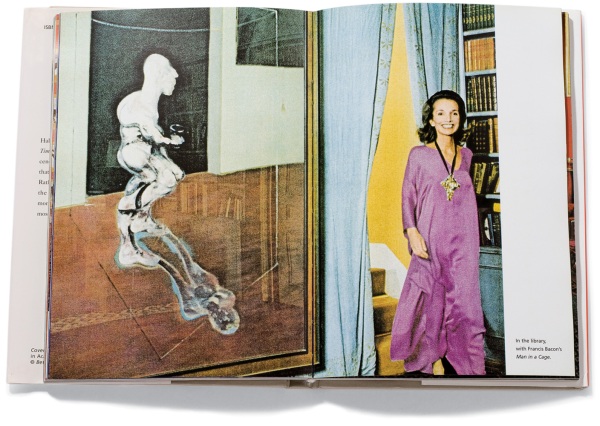
Lee and the Francis Bacon she had to part with, as ironically pictured in her photo memoir ‘Happy Times’
Lee’s first husband, Michael Canfield, was the illegitimate son of bisexual Prince George and socialite Kiki Preston, who was known as “the girl with the silver syringe” due to her propensity for shooting up in front of anyone and everyone with her solid silver syringe of whatever drug she had handy. A secret adoption was arranged by family friend and publishing magnate Cass Canfield, and the infant never knew his biological parents. (Prince George died in a plane crash when Michael was 16; Kiki jumped to her death out a hotel window when her biological son was 20.) In DuBois’s book, both Lee’s friends and Michael’s friends are quoted as wondering why the two married one another. The common consensus seemed to be that Lee wanted to beat Jackie to the altar, and that Michael seemed to be a good pick since he was from a good family (and vice versa). The fact that Michael drank a lot was a well-known one, but one which was brushed under the rug since he was quiet about it. Said Michael’s step-brother Blair Fuller:
“There was a lack of intimacy in the marriage and Lee’s personality was paramount in that lack of intimacy. Her agenda precluded real intimacy with Michael because she was always saying things for a reason. This was something you always felt about Lee, that she had an objective, an agenda, and it was more important than anything else.” (page 76)
Lee began dating her second husband, Polish royal refugee Stas Radziwill, while she was still married to Michael Canfield and essentially quite the toast of London society, where she and Michael had taken up residence at her insistence. (Michael’s father’s publishing company had an office there, and Lee thought it would further their continental social contacts if he transferred to that office not long after they were married.) Prince Radziwill, as he referred to himself, had settled in London after WWII, which had ended with his family losing not only all their wealth–namely landholdings–but their royal titles as well. For whatever reason, Stas Radziwill chose to hold on to his Polish title, and though everyone knew it to be an empty title, they humoured him and his jovial attitude by addressing him as Prince Radziwill and introducing him as such at social occasions. Immediately smitten with the man 19 years her senior–and the empty title of “Princess” which would surely come with marrying him–Lee set her plans in motion for leaving alcoholic Michael for the man many say resembled her father, Black Jack Bouvier. Says Diana DuBois:
“Certainly Lee found the colourful and talkative Polish patriot fascinating and unlike anyone she had ever known before. ‘There was a special kind of glamour to Stas. He was older, in business with Felix Fenston, and he was someone with a well-known name,’ said a London friend. Stas’s generosity and decency also impressed Lee, as did, needless to say, his supposed wealth and ancient title. Stas, in turn, thought Lee beautiful and bewitching. Most important, the two shared the same element of fantasy in the way they related to the world. Stas had continued to play the grand Polish nobleman even when he was broke in England, and Lee habitually romanticized her attraction to the good and the great. By the beginning of the summer, events had progressed rapidly enough for Stas to start thinking of whether or not he should leave his wife for her.” (pages 94-95)
And so it was…two unhappy homes were split up in order for the temporarily happy couple to be together. But not before the Pope got involved–long story short, the Kennedys strong-armed the Vatican into annulling Lee’s first marriage to Michael Canfield so that Lee and Stas’s marriage could be recognized by the Catholic church. (They’d long before had a civil ceremony, since she was pregnant with their first child and needed to marry Stas.) First Lady Jackie Kennedy and her sister Lee Radziwill took a goodwill trip to Vatican City for an audience with the Pope under the auspices of thanking him for his support of the first Catholic president. However, they were also there to plead their case to him for Lee’s annulment, which the Pope had already made clear he wasn’t in favour of. Magically, Lee got her annulment not long after their visit, and after years of much paperwork and pleading to archbishops and dioceses. The irony was that by the time she and Stas had their Catholic wedding, she was having an affair with Aristotle Onassis.
Lest one think Lee wasn’t happy with Stas, she was…for awhile. They had two beautiful children together, Anthony and Tina, and had two beautiful homes: a townhouse in London and a manor house about an hour outside of London, both of which Lee decorated lavishly with money Stas gladly gave her in the name of entertaining their house guests. After all, they were “royalty” (big quotes), and had to appear as such at all times. Another side note: Stas died in 1976 at age 62–two years after their divorce became final–owing the equivalent of $30 million USD to creditors. With their father’s estate bankrupt and Lee barely supporting her own lifestyle, Jackie stepped in and set up trust funds for Anthony and Tina. Lee was supposedly shocked that Stas had “mismanaged” his finances so much over the years; the reality was, he had been living well above his means for many years, especially the years in which he was married to her. His princely title and his connections gave him access to plenty of loans which–in the end–were never called in. Here’s a few photos from the Radziwill era, during which Lee truly blossomed and became a fashion plate of the 60s:

Lee insisted on using her maiden name for all professional assignments, including the two acting jobs she procured later on.
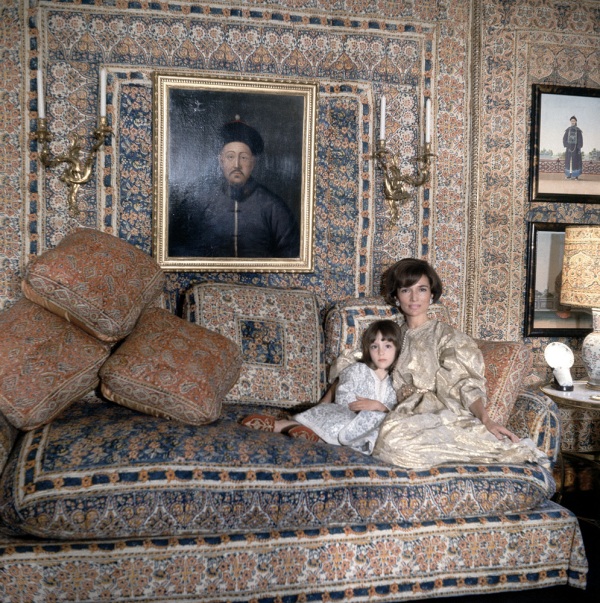
Furnished description: “Princess Lee Radziwill with daughter Anna Christina in the Turquerie room of their London house. Interior designed by Renzo Mongiardino.”

Lee and her friend Rudolf Nureyev, the ballet dancer. Lee nursed a crush on him for years in spite of his homosexuality.
At some point when Lee got bored with playing housewife, her good friend Truman–as in, Capote–convinced her he could mold her into a great actress. Another brilliant alcoholic prone to delusions of grandeur, Truman was just coming off the runaway success of In Cold Blood and had the world at his fingertips. True, Lee was gorgeous, but could she act? The answer to that question didn’t seem to matter much as long as Truman was backing her, and soon enough she was headlining The Philadelphia Story at the Ivanhoe Theatre in Chicago in June 1967. Though the reviews were scathing, the show sold out its run as fans flocked to see Lee the personality–not Lee the actress–take the stage in a custom-made wardrobe by Yves Saint Laurent. Jackie was conveniently out of the country for the show’s entire run, so those fans hoping to catch a glimpse of the other famous sister in the audience never got their wish. Lee followed up her ballyhooed stage debut with her television movie debut–AKA her last acting job–in another part rigged by Truman, the title role in 1968’s Laura. Supported by an esteemed cast including Farley Granger, George Sanders, and Robert Stack, Lee’s acting was so wooden that much of her part ended up on the cutting room floor and she was nearly fired from the film for her on-set behaviour. It was clear Truman had called in one too many favours, and her acting career was dead in the water. Lee confessed to columnist Dorothy Manners after her play reviews came in:
“I am serious about acting, and I have studied diligently. The drama critics here do not think I’ve succeeded too well. It is difficult for someone raised in my world to learn to express emotion. We are taught early to hide feelings publicly. I feel I have gone as far as I could with a drama coach. The rest I had hoped to get through training and experience, which I might have done if I didn’t have a ‘name.’ I could learn in private. But I am finding that isn’t possible…” (page 172)
Lee and Truman had a special relationship from the word go. They were inseparable for years before a gradual falling-out caused by Truman’s one-way descent into drinking and drugs, and his jealousy of any new boyfriend of Lee’s which took time and attention away from him. Truman’s biographer Gerald Clarke is quoted in DuBois’s book as saying,
“Lee was very depressed and lost at the time Truman first knew her. At least he saw it that way, and all the evidence points to it. He said she was a lost woman, and she did not have any purpose. She felt very much eclipsed by Jackie. She seemed to have everything, but it wasn’t enough.” (page 134)
DuBois goes on to explain how Lee uncharacteristically confided in Truman, who just ate it up. He had fashioned himself into the go-to confidante of the ladies-who-lunch in Manhattan society, but to be the BFF of the sister of the First Lady was almost more than he could handle thinking about. He was smitten with Lee:
“Lee complained bitterly to Truman that she was the one who was considered the beauty, who was chic, who was clever, who had the fashion and decorating know-how, yet it was Jackie who got all the adulation and publicity for those talents. Of course it was her sister’s status as a public figure that accounted for this discrepancy, but Lee was not necessarily thinking rationally. She only knew she stood to be permanently eclipsed by Jackie’s rapidly emerging prominence. […] From then on, [Jackie’s] historic role sealed Lee’s fate and made it official that she would be defined forever more as Jackie’s kid sister not only in the mind of the public, but, far worse, in her own mind.” (page 136)
As time went on, it was Truman whom Lee called to rant to when she found out about Jackie’s engagement to Onassis, her former lover. He got her the acting gigs, of course, and they went on trips and vacationed together. Truman stumped for Lee as she began doing press for her never-completed memoirs in the early 70s. Side note: Truman never finished his last book, Answered Prayers, and Lee had to give back the advance on her memoirs once she realized she had the inability to be open and honest about herself and her upbringing, essentials to writing a memoir one is given a hefty advance for. In many ways, they were two of a kind. Upon his death and after years of being estranged due to vicious “he said-she said” bandied back and forth after a libel lawsuit both of them were involved in against Gore Vidal (which is way too convoluted of a story to get into here, trust me on that), Lee said the following when asked if she missed Truman:
“I do. Yes, I do. I had wonderful times with Truman. Wonderful times. There is nobody who is like him. There is nobody who even reminds me of him at all.” (page 303)
The 70s were a time of transition for Lee, from a more stilted society maven to a pseudo-bohemian goddess who hung with Andy Warhol and the Rolling Stones in an attempt to “find herself.” And she put forth a valiant effort…in-between very serious boyfriends. Peter Beard, Jay Mellon, Peter Tufo, Newton Cope–a string of gentlemen that all held her attention for awhile until she found a reason to cast each one of them aside. In the case of Beard, Tufo, and Cope, she would eventually about-face and beg them repeatedly to marry her when she realized she was running short on funds. All three men saw through the charade and as much as they enjoyed spending time with the attractive, enchanting Lee, they weren’t going to be taken for a ride. It was exactly this failure of her cunning–which she had relied on her entire life–that had Lee turning to the bottle more and more. She actually got Cope to agree to marry her in 1977, but negotiations on a prenup an hour before the wedding broke down and he called the whole thing off. Here’s a few pics of free-spirited, 70s Lee and her men from that time period:

A very nippy Lee shopping with Jackie in the 70s…60s fashion plate Lee would’ve never been seen out and about like this.
It was also during the 70s that Lee began trying her hand at working again. After her aborted acting career and her failed attempt at writing her memoirs, she pitched a talk show to her friend Bill Paley, founder and chairman of CBS. A pilot was shot in 1974 and Lee stacked the guest list with her famous friends and intriguing people she had connections to. Much to her chagrin, the pilot was chopped up and tested out as individual interview segments during a handful of local news broadcasts, instead of as an hour-long show. Conversations with Lee Radziwill ended up going nowhere fast.
In February 1976, Lee Radziwill, Inc. opened for business as Lee’s foray into the world of professional interior design. Desperate for money at this point, she saw this as a good fit since she had designed her own homes for years to much acclaim. With many contacts in the business, she had no problem securing commissions, especially designing suites for hotels (which is how she met San Francisco hotelier Newton Cope). One of her larger hotel clients, Americana Hotels & Resorts, used her for a period of two years to redesign suites in its hotels in New York and Bal Harbour. The president of Americana–a friend of a friend of Lee’s–stated the following when asked about working with her:
“I have worked with almost every major decorator in the world, and I have never dealt with anyone as extremely…well, not stubborn, but let’s say ‘determined’ in her taste and opinions as she was. But Lee had a tremendous charisma that set her apart from the other decorators. At the same time, one had to be aware of the power of her personality or else she would tend to dominate you. She didn’t win in the end, because the money came from us. It was very simple. Instead of her doing the large volume of rooms we originally discussed, we wound up only giving her a few sample suites to do. […] The suites Lee designed were very, very attractive.” (pages 275-276)
Of her new career, Lee herself stated:
“I wanted a full-time job, and now I have really got one, and in this field I think I am as good as anybody. I expect to get well established, and remain and build on this business. I am very serious. In five years I’d like to see Lee Radziwill, Inc. essentially as it is now but with a larger staff and bigger projects throughout the world.” (pages 277-278)
By early 1984, Lee closed down her decorating business, citing the “hard work” and admitting to her close friends that she was bored with it. She took on private commissions from time to time, but the eight-year career was over for her.
When Lee joined AA in 1981, she was at her wit’s end. Her children were essentially being raised by her sister, she was in debt up to her eyeballs, and she’d just broken up with her boyfriend Peter Tufo for the umpteenth time. Like any alcoholic, she had turned to liquor to self-medicate from life’s unmanageable problems. DuBois writes:
“An old acquaintance from the 50s ran into her one day in the supermarket in Southampton. The woman was with a companion who tried to take Lee’s shopping cart by mistake, and as she described the encounter, ‘I told him, no! Let that woman have that cart. Look, she’s so sick. Then I said something dumb like, that’s Jackie Kennedy’s little sister. Lee was so shaken! I never saw anybody so tense! She was bone thin and literally shaking–and I mean literally. Lee just looked awful.'” (page 310)
DuBois admits in the acknowledgements that she infiltrated Lee’s AA home group while researching the book, in order to get some of the stories she got, such as the one about Jackie dropping off Lee at the meeting. Many would frown on such underhanded tactics, but the end result is that the pieces of the puzzle more easily fit together regarding being able to explain Lee’s alcoholic attributes. Yet another side note: It has now taken me five days of stops and starts to write this blog. A record to be sure! But finding so many life mistakes and character flaws in common with the subject has been grueling, to the point of me wanting to scrap the blog altogether and become another “late-in-life Truman,” or–better yet–“Lee trying to write her memoirs.” I’ve persisted, though, and I’m glad I have. This blog deserves to get finished.
Once Lee sobered up, she began getting her life and finances back in order. She downsized appropriately, moved in with new beau Richard Meier, and began working in PR for Armani in 1986. After she and Meier split up, she began dating–oddly enough–bisexual film director Herbert Ross, who had just been widowed. They both seemed smitten with each other and were married in September 1988 in Lee’s New York apartment. Jackie offered to host the wedding dinner, during which this conversation took place:
“Isn’t it wonderful that Lee’s happy?” [Lee’s friend] Karen Lerner asked Jackie, who had met the groom just the day before. “Isn’t he homosexual?” Jackie replied. Thinking fast, Lerner retorted: “Well, I never heard he wasn’t!” Jackie probably figured it would have been taken as a chop at the knees if she asked her sister the same question. (page 350)
Lee was soon up to her old tricks again, though. Herb complained to friends that all the money he made directing went to Lee’s grandiose plans for their new home, of which he had little to no say-so in the building of. She would show up on his movie sets and bring home freebies such as caviar which were intended to be shared with the entire cast and crew. It all came to a head, however, at the London premiere of the Ross-directed Steel Magnolias. Pouty that she couldn’t be in the production-only receiving line to greet Prince Charles and Princess Diana, Lee made a point of bee-lining for the theatre and sitting right next to Prince Charles on the front row…in Julia Roberts’s assigned seat. Several people involved with the movie production, including Julia, asked Lee to move, and she pretended to hear none of them. DuBois writes:
“In the meantime, Charles and Diana kept hearing, ‘Wrong seat, wrong seat!’ in spite of all the whispering. As a result, Diana got up, with Charles quickly following: they thought they were in the wrong seats! An embarrassing flurry ensued with Charles and Diana trying to relocate but not knowing where to go. When the Prince and Princess of Wales stood up to move about, pandemonium broke out in the theater, and every person there connected with Columbia Pictures had an anxiety attack: nothing is more nuanced and finely wrought in protocol-conscious England than who gets close to the Royals and why. Proper placement is submitted months ahead for approval by Buckingham Palace for security reasons as well. ‘It was really a very, very embarrassing, awkward situation,’ attested [Columbia Pictures PR employee] Steve Klain, ‘and a panic for us but in a sense rather absurd to see the Prince and Princess of Wales having to stand up and change seats on account of Lee Radziwill.'” (page 366)
The above folly of Lee’s cost her husband some business in the film business, and Lee herself was shunned from openings for awhile afterwards. Lee divorced Herb in 2001, claiming she had no idea being married to a director would entail spending so much time in Hollywood. [Insert obvious joke or smartass comment here.] Herbert Ross died the same year of heart failure and was buried next to his first wife, dancer Nora Kaye.
Coming full circle, the driving force behind Diana DuBois’s In Her Sister’s Shadow: An Intimate Biography of Lee Radziwill is how Lee always felt inferior to and jealous of Jackie when her older sister was alive. Quotes and anecdotes I’ve taken from the book and shared in the blog entry have proven just that several times. Even this last one proves it:
“But if Jackie had remained in the public eye in her last years, Lee still would have been struggling a lot more. It was not so much that Lee had outgrown the sibling competition with her marriage to Ross as it was that with Jackie out of view the pressure to compete had lessened.” (page 375)
Remember when I wrote that Jackie taking Lee to the AA meeting showed the essence of their bond? Jackie was always looking out for Lee, even when it seemed Lee wasn’t looking out for herself. The product of divorce, a domineering mother, and an alcoholic father, the two girls did indeed have to look out for one another growing up. But Jackie bailed Lee out time and time again, whether it was the annulment plea to the Pope, a loan for a penthouse mortgage, or by literally taking in her children when Lee’s drinking got out of control. Jackie died of Lymphoma in 1994 and left Lee nothing in the will:
“…not even so much as a trinket left to her, at least as a gesture, Lee was deeply–and publicly–mortified. Her will stated clearly that she was making no provision for Lee because she had already done so in her lifetime.” (page 380)
Furious at being slighted, Lee was still spotted in the drug store after the will-reading buying every single magazine with her sister’s photo on the cover. That was how complicated their relationship was…like most sisters, truth be told. After all, what sisters haven’t fought over guys, clothes, and popularity? Lee and Jackie just happened to do it on a global stage. (Perhaps that simplifies their issues a bit, but that’s what all the bickering boiled down to in the end.)
- This press photo was taken a month before the assassination of JFK.
Lee Bouvier Canfield Radziwill Ross is now 80 and sat down for interviews earlier this year to reminisce about her storied life. You can see her interview with Sofia Coppola *here*. You can read the New York Times T Magazine article by Nicky Haslam on Lee *here*. Both are well done and she’s fairly forthcoming, until the subject of Onassis comes up. (And they were obviously told to flat-out not mention some subjects to her, but that’s alright as well.) So…how to wrap up such a lengthy book report on a subject who’s become so personal to me during the last month I’ve become so fascinated by her? It’s hard to answer that question without getting tears in my eyes; I see a lot of myself in Lee, and vice versa. I’ve always been very concerned with keeping up appearances, my image, and what others thought of me. It’s gotten me nowhere fast, as I’ve blogged about before. I think at 80 years old, Lee would agree that those modes of operating are destructive to oneself, though they are very hard to break. Incredibly hard, to be sure. Two last quotes to go out with:
“‘Lee is a very nice, very attractive fraud,’ offered her old friend from Washington, Sherry Geyelin, herself a decorator. ‘She is a fraud because she just isn’t true to herself. I don’t think she ever really knew what it was that she wanted in life, and when she got what she wanted, or what she thought she wanted, she was not content with it.'” (page 319)
“One could say that their relationship died of terminal vacillation. Lee’s conflicted feelings towards Peter were part of that same indecision and ambivalence she had about so many things. Once again it had been made abundantly clear that going back and forth in her values and choices the way she did was her most defining personality trait, the hard outcropping of character that more than any other determined her life.” (page 310)
Despite all her flaws–and she’s wondrously flawed–I wish Lee the best. Giving her the title “Princess of Indecisiveness” might seem cruel, but her life has seemed to be one chock-full of indecision. At the end of the day, I hope she’s happy. That’s really all we should want for one another, and it’s something I’m consciously striving towards each and every day in my sobriety. To be internally happy with myself…not because of money or a man or anything else. Just me.
brt

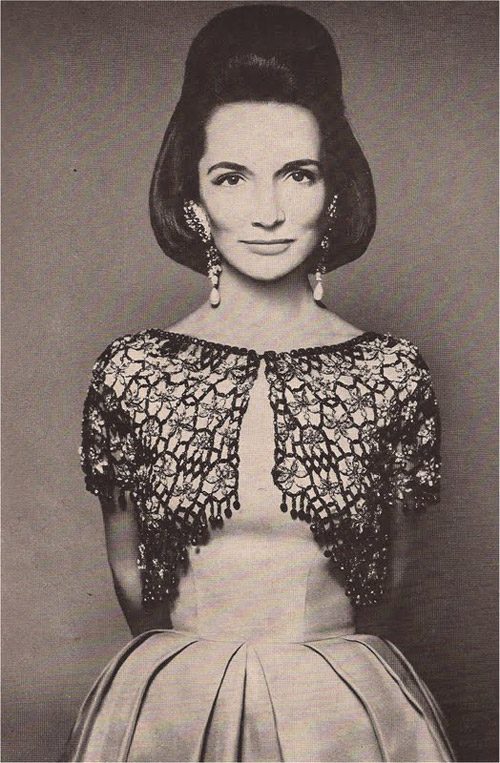
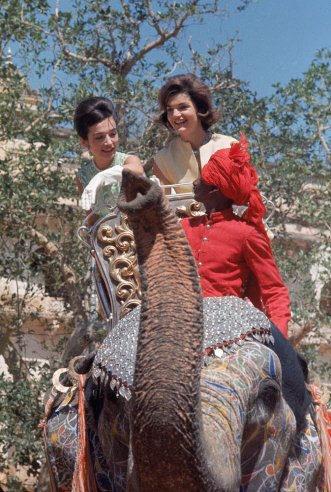
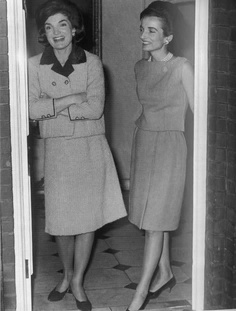
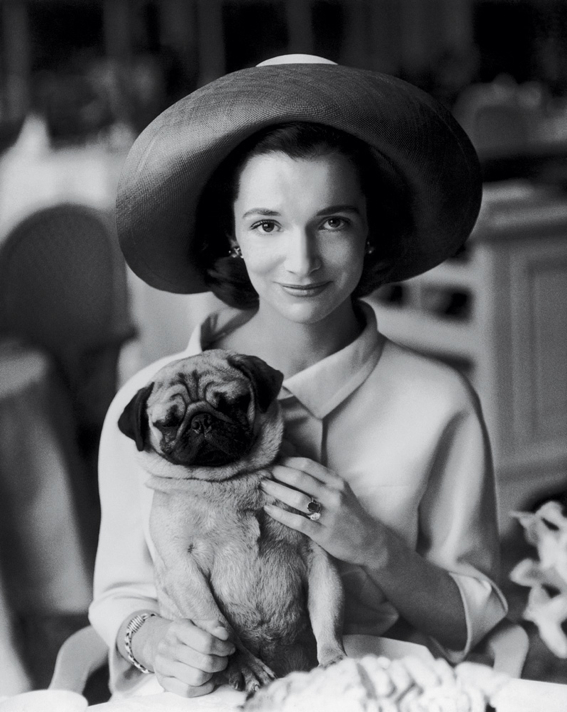

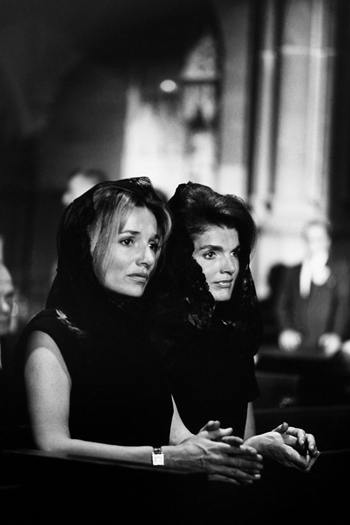
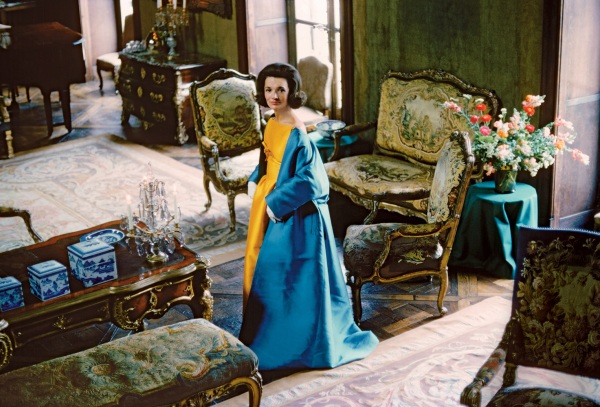
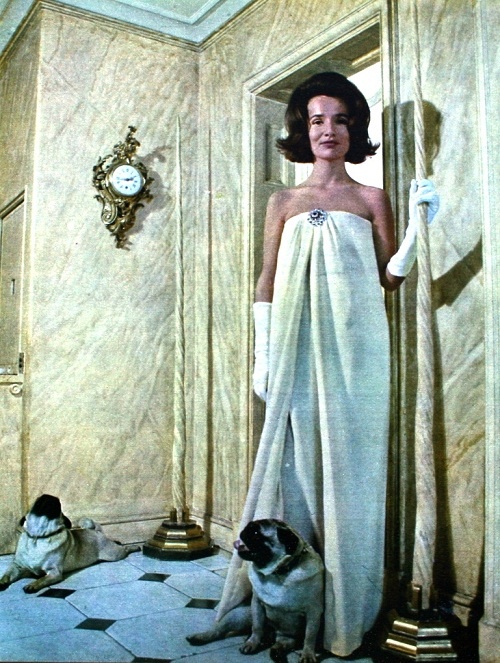
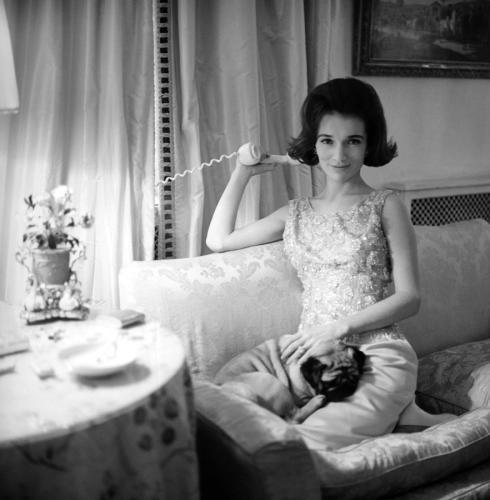
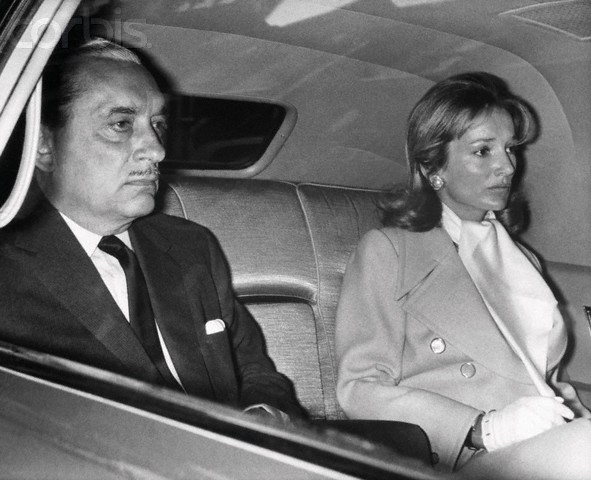

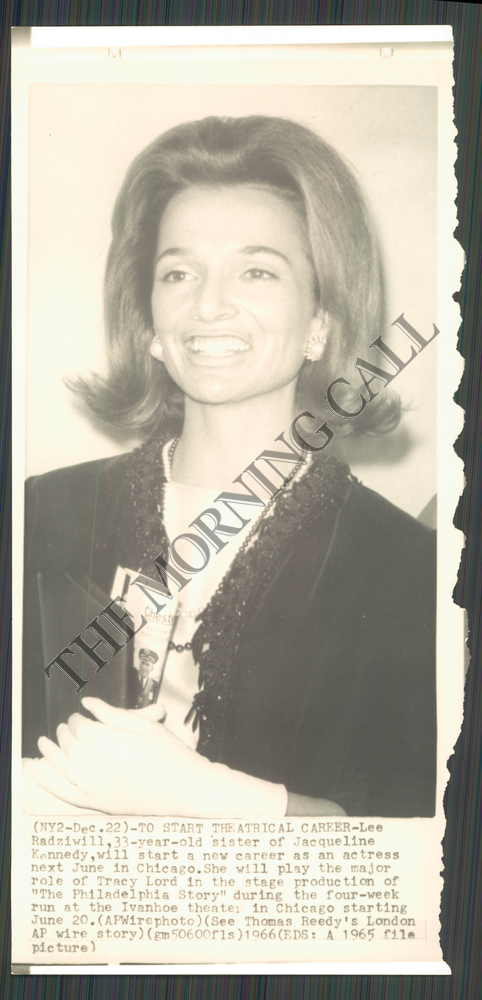
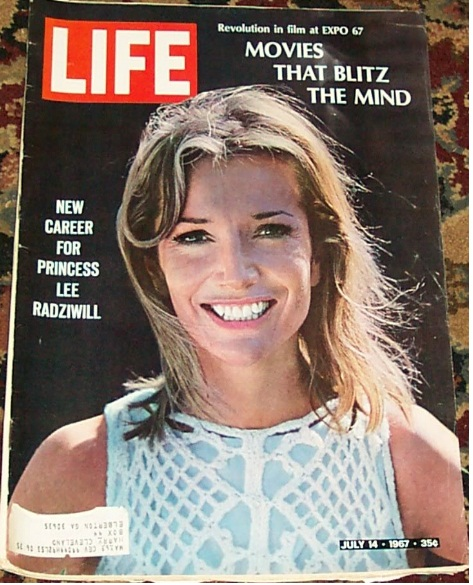
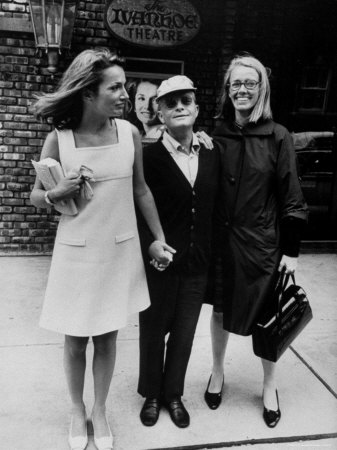
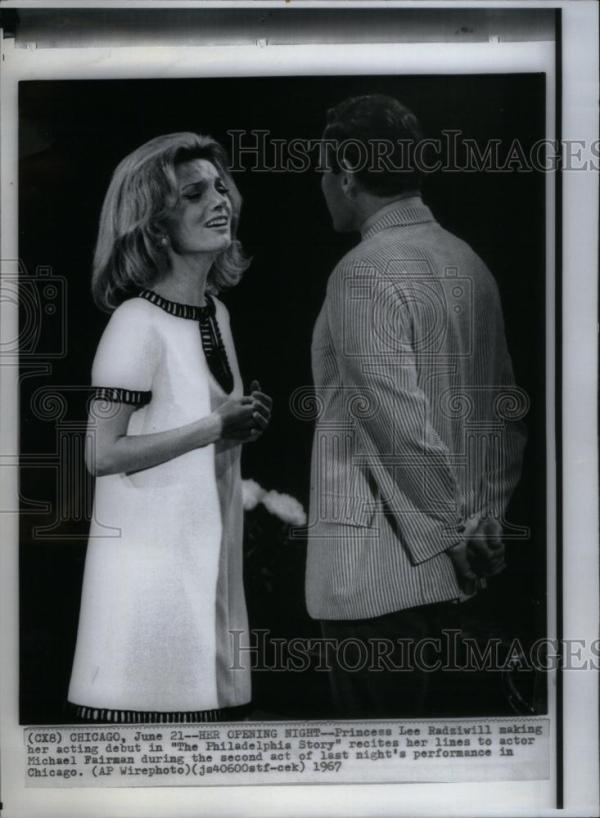
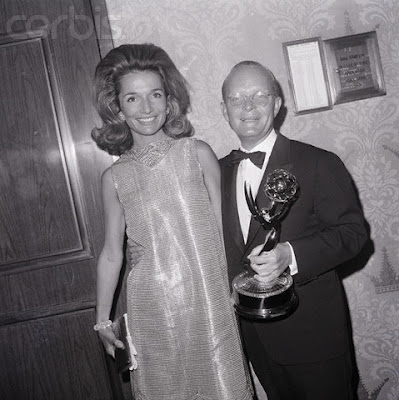
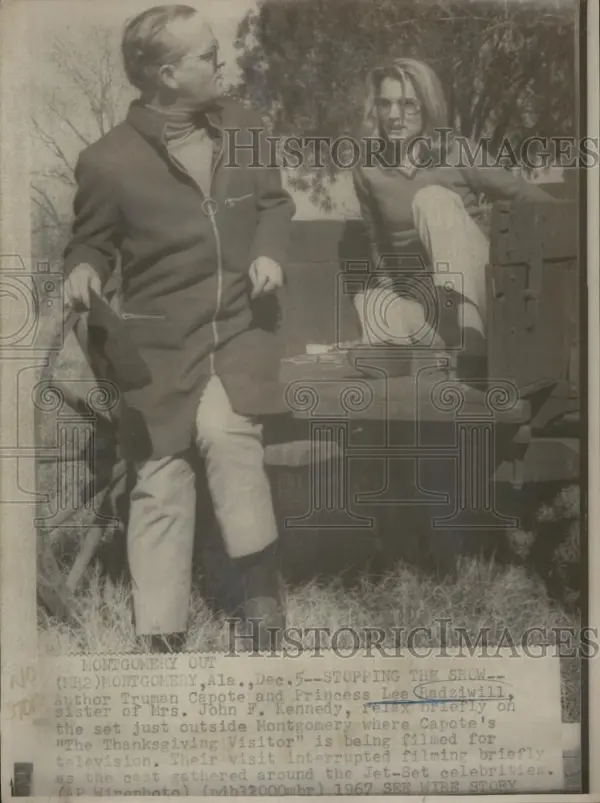
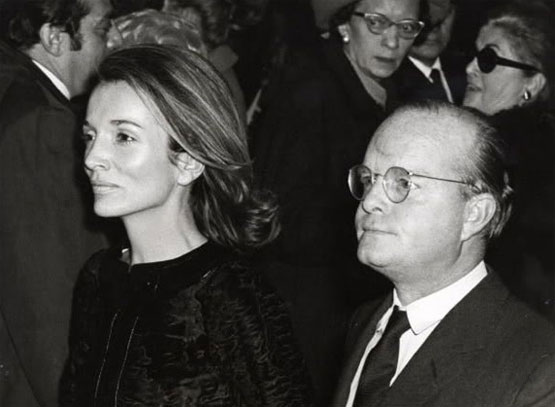
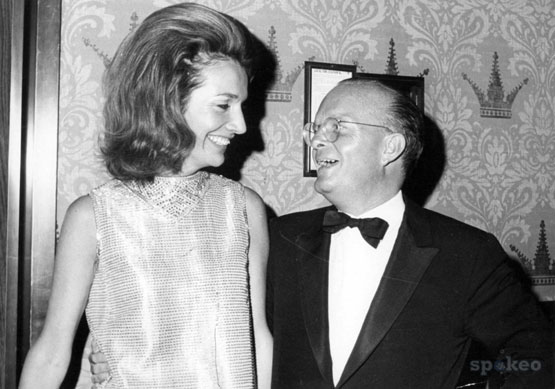
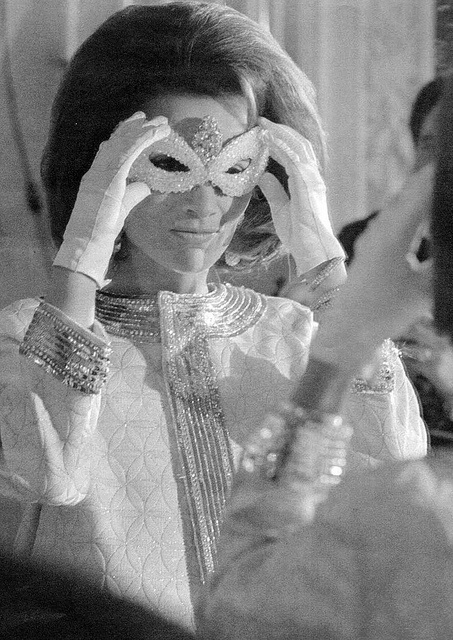
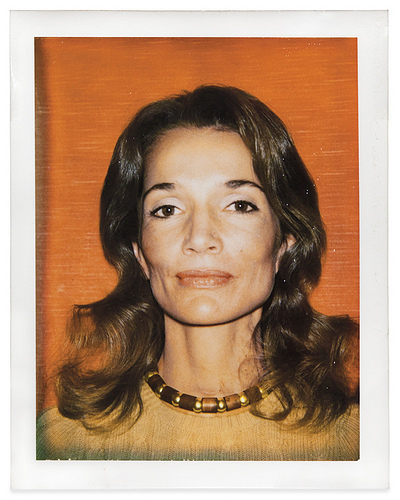
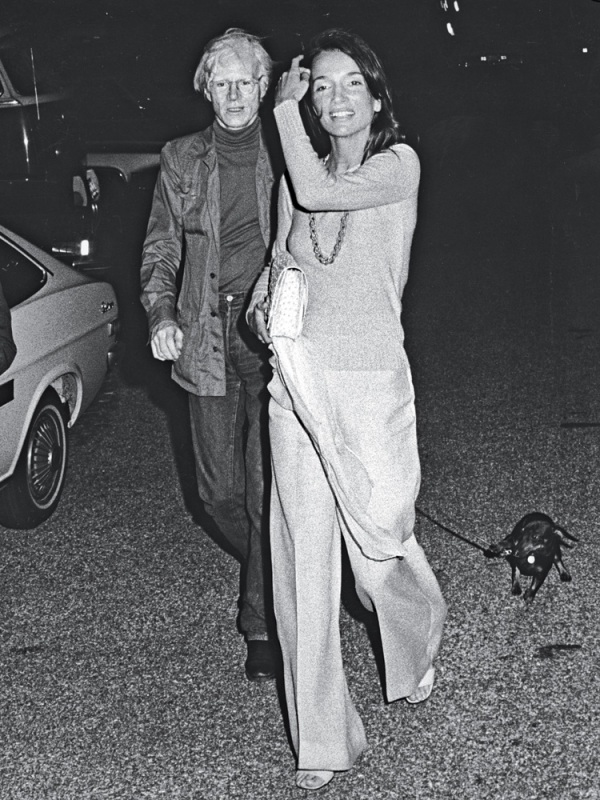
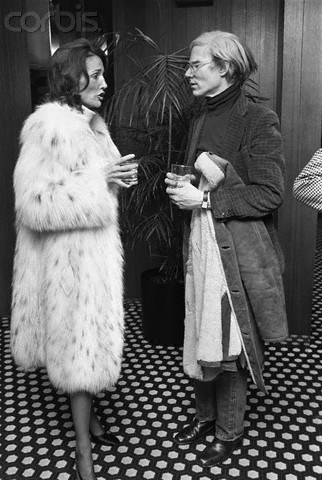
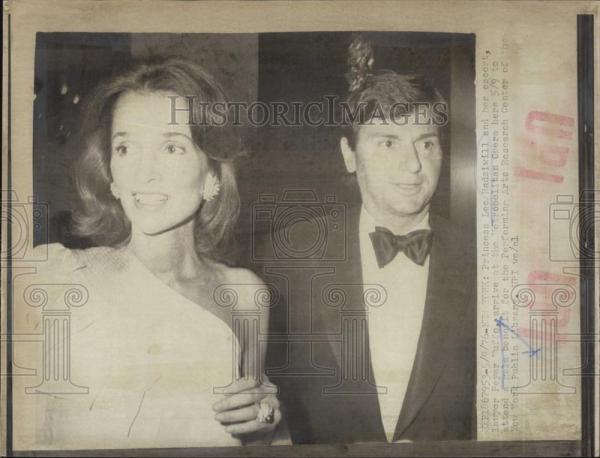
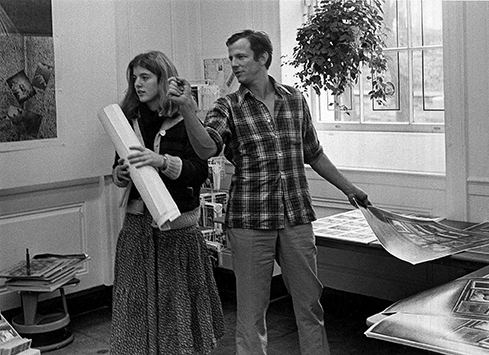
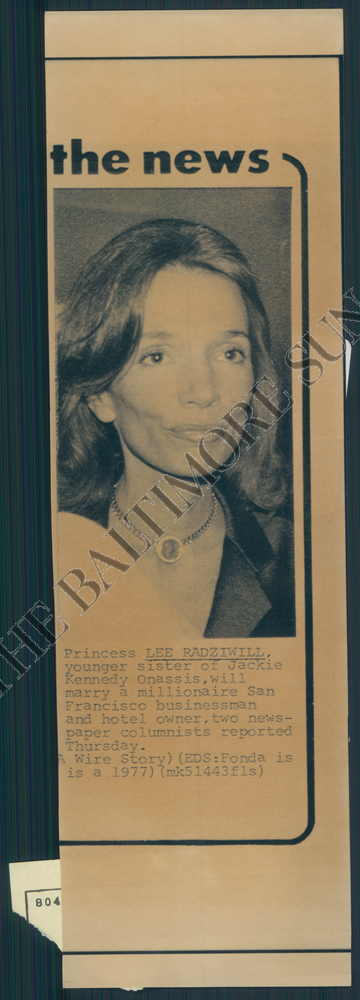
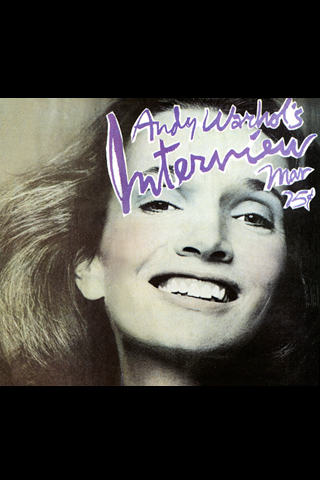
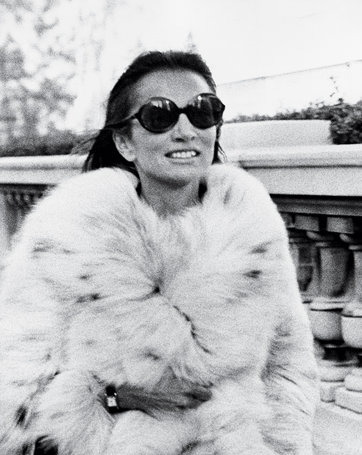
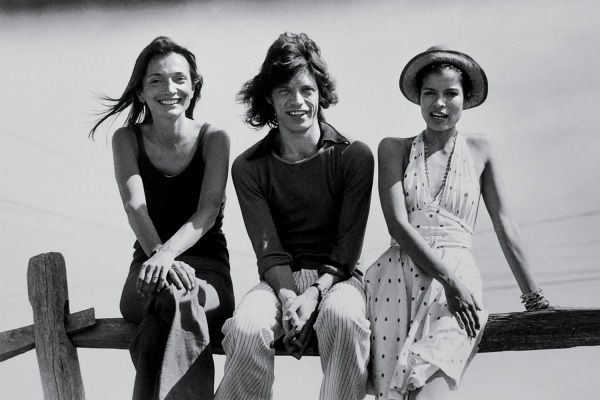
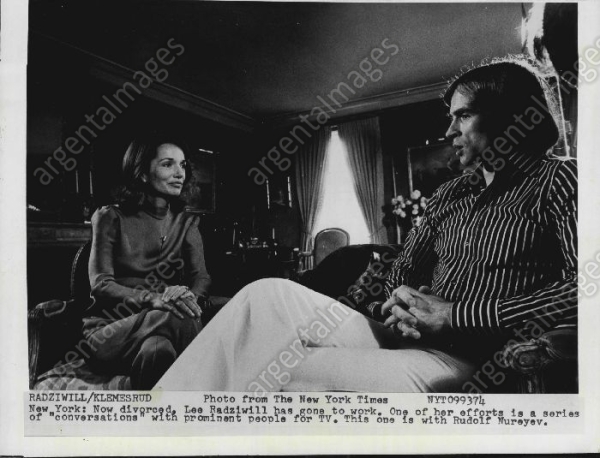
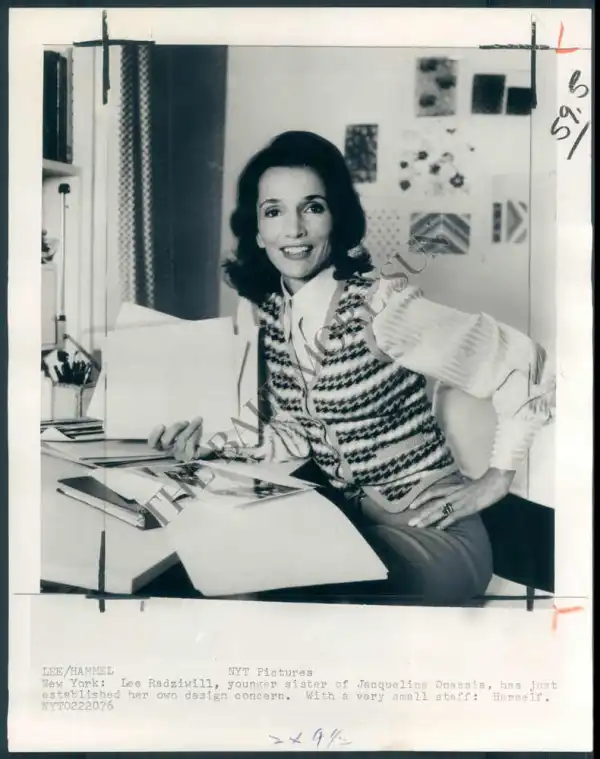

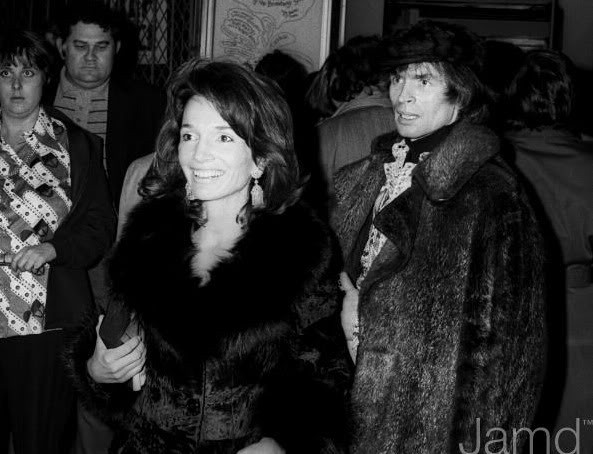
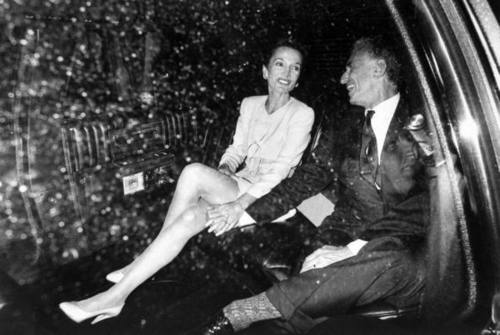
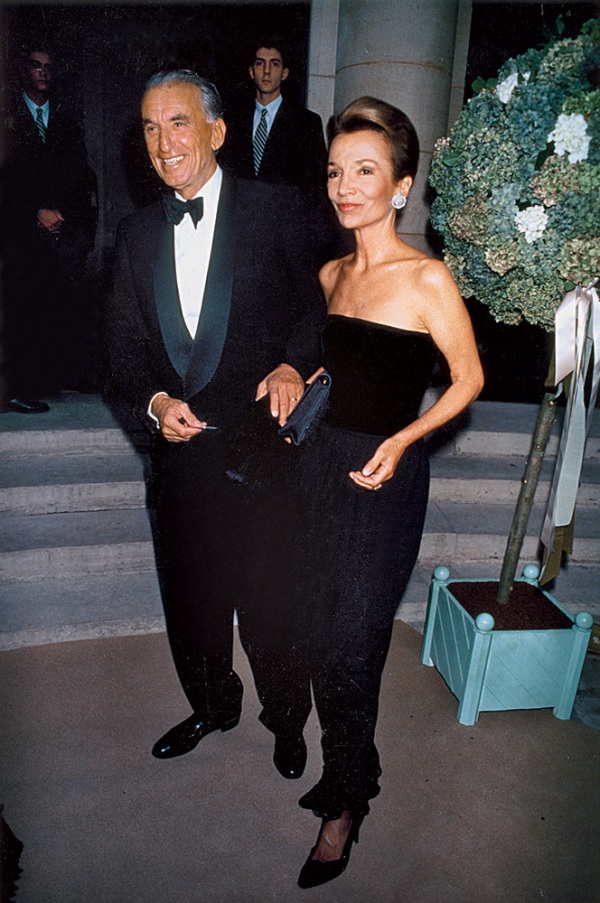
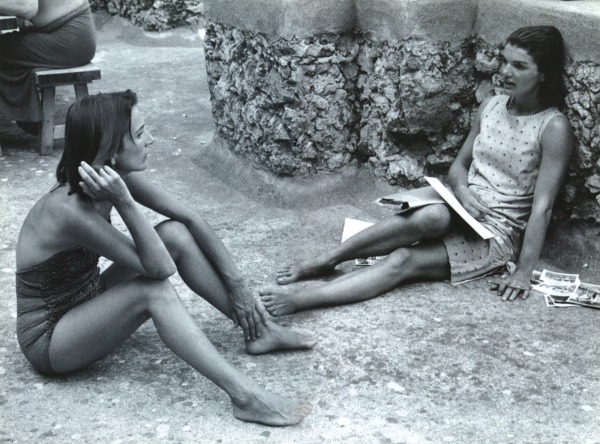
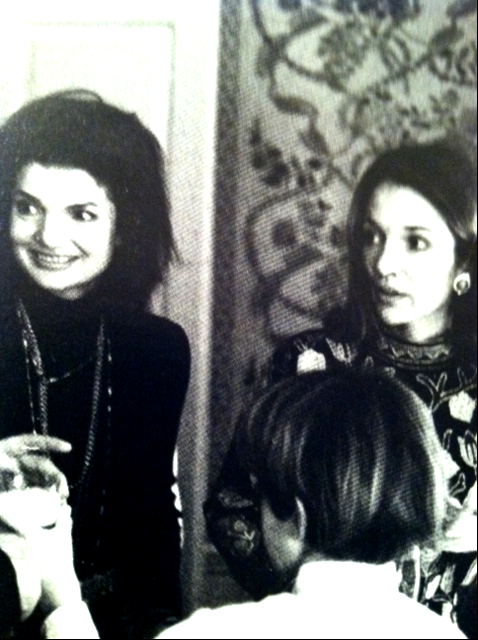
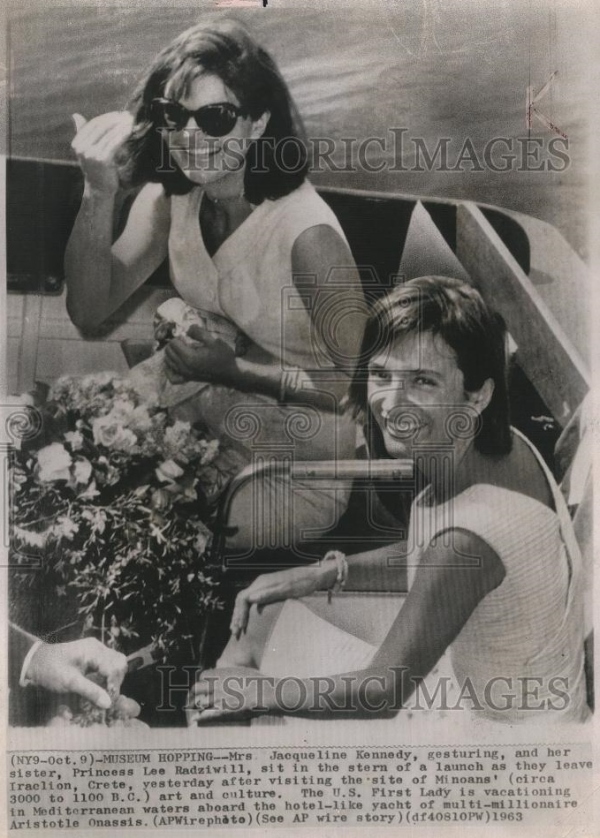
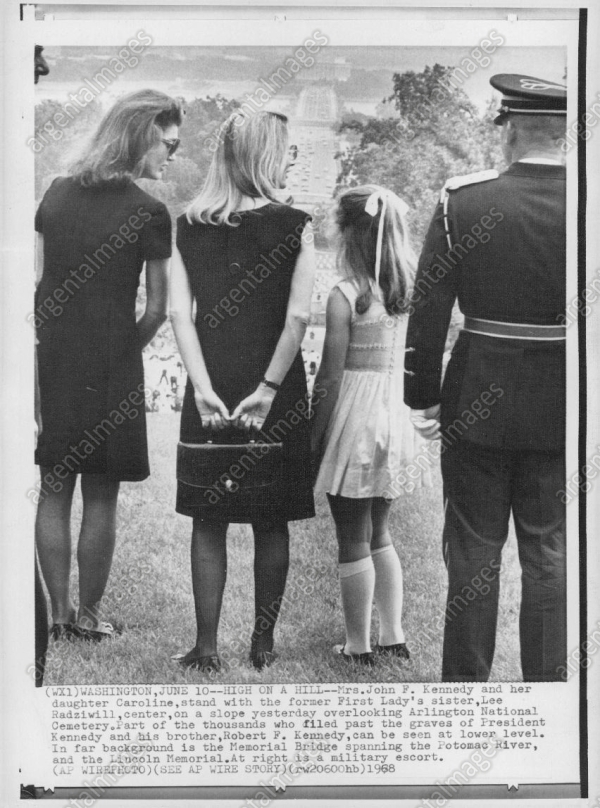
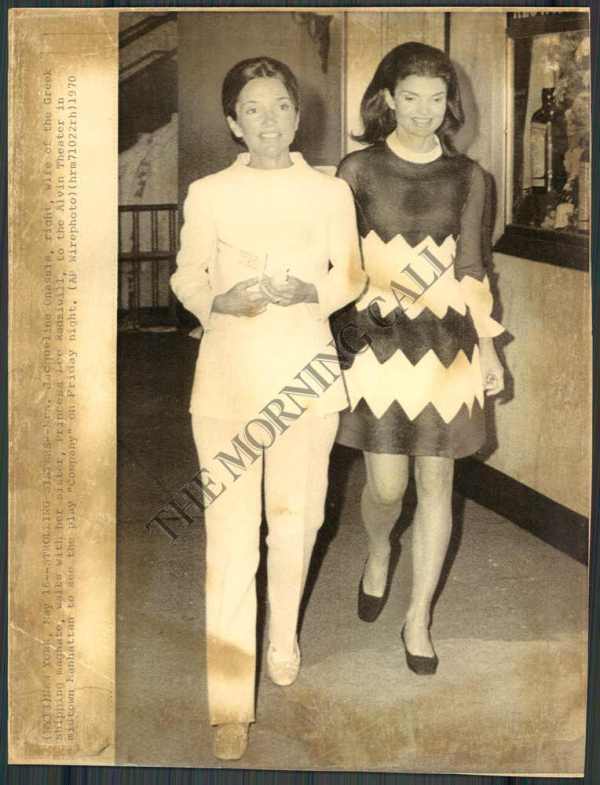
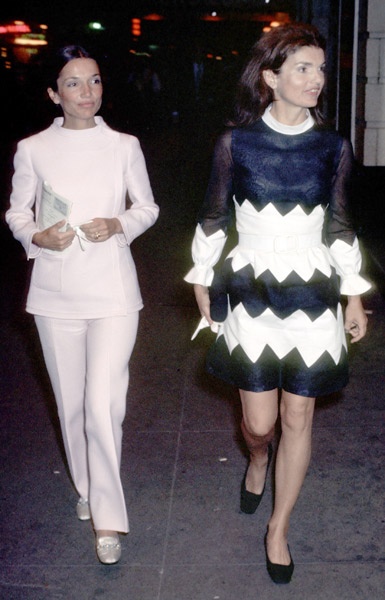
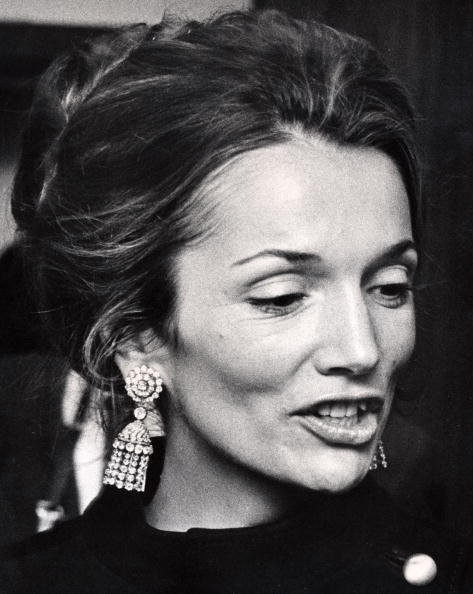
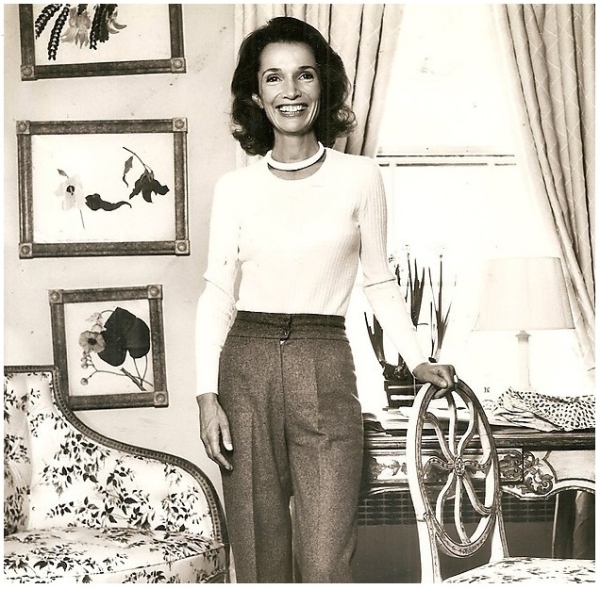

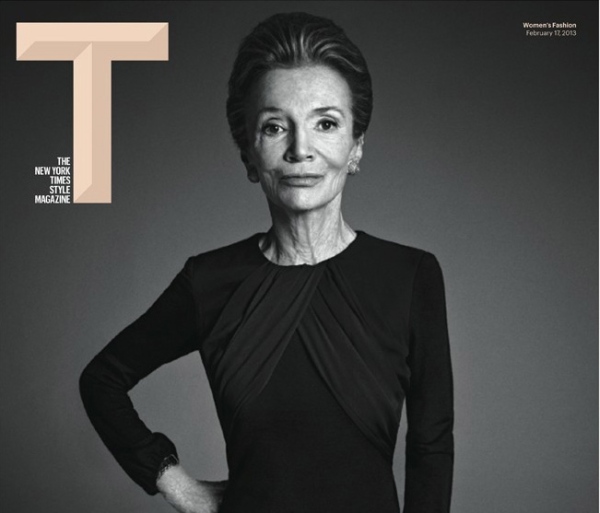

ramblinrose
/ April 24, 2014Great article. Fascinating.
Frank
/ May 25, 2014Insightful article – well done. Thank you!
frankie
/ August 18, 2014Wonderful article and loved the old paper clippings. I was sad when the blog ended. We will never see the likes of Lee and Jackie again. I miss Jackie so much and hope Lee lives a very long life. She is beautiful.
Vesta Johnson
/ August 23, 2014Very good reading. A side of Lee Radziwill I never new existed. I’m on to the book!
maria
/ November 5, 2014Loved it. I also see my self in her. She is a survivor of a painful life. How could she not become and alcoholic if her father was one and the need to numb the pain of her childhood, the death of her only sister and son at the same time, the scandal of his only brother, failure in all marriages, the envy of others, her resentment of her sister
Otto
/ November 18, 2014Well written. I’ve read lots about the two sisters, and your every point rings true. Makes me respect Jackie more — for taking up the slack re the children, especially.
Roger M. Angress
/ January 17, 2015Life is a gift from GOD; Then live it as such without fear & doubt…. Good to know that a little bit of Camelot still is…GOD Bless you Ms. Lee; Roger Michael; an admirerer of JFK…, & Bobby…..
Rita
/ January 27, 2015I absolutely could not stop reading this article..full of interesting tidbits. Sadly, I can relate to Lee’s indecisive nature and feeling of incompleteness that can only be numbed by self medicating. Peace is priceless.
Rose
/ November 20, 2015Their end showed who these sisters were, and Caroline appears to be even more greedy,self centered, and cold. How sad that so much was fabrication in the world they created yet left so empty. It has been rumored John Kennedy,Jr’s “remains” we’re hurriedly recovered and cremated. by Ted to cover up his nephews use of drugs influenced by his drug addict wife whose family sued Caroline for both daughters dying in the plane JFK Jr was not instrumentalist qualified for when all three plunged to their deaths.Caroline, the heiress I.hereby who has snatched away more than any greedily fought the parents offering them a poultry sum.Hard to believe the self degradation all these “lying elitists” we’re so unconscionable.Read Jackies new biography and compare it with Lee’s.What next?Caroline?
Celtic Pride
/ November 22, 2015Fantastic read. I’m guessing the AA thing didn’t stick with Lee as she is seen drinking throughout the rest of her life. But in all fairness to Lee from one who has read every single thing ever written about Jacqueline Bouvier Kennedy Onassis, I think at different times in Jackie’s life she too qualified for at least a “borderline” alcoholic. They both possessed addictive personalities. If it wasn’t drinking and smoking, it was shopping and relationships. The relationship aspect pertained more to Lee though. The real difference between the two is that Jackie, at least for most of her life, knew exactly what she wanted and retained a stick-to-itiveness quality. I don’t believe had JFK lived that she would have ever left him even after all the infidelity. Appearances were extremely important to her, especially in the position of First Lady. Later, maintaining JFK’s legacy for history, but more so for her children’s future, was very important to her too. The relationship between the two is so classic of adult children of extremely dysfunctional parents. The older is the co-dependent obsessed with order and the younger is the dependent and often times more reckless. I read and saw Lee’s interview with Sophia Coppola. I was somewhat sadden that Lee still bears the same selfish quality so reminiscent of earlier years, especially when she talks negatively about her mother and other people throughout her life. But one thing is for sure, she is (still) stunningly beautiful even with a drink and a cigarette still in her hand. She has always maintained superb taste in everything she touches. She and Jackie could have been twins in that aspect. She was no doubt more strikingly beautiful than Jackie in the classic sense. But Jackie was strikingly different set apart from anyone else in the world. I will say this about Lee though, and I know this as well as anyone because we too share similar personality traits. When the façade is pushed aside and the honesty comes through, she is bold and gut wrenchingly honest. When she wasn’t pretending, it was all out on the table. I never sensed that in Jackie.
Ellen
/ May 30, 2016Fascinating blog post. And the comments are helpful too in analyzing Lee’s seemingly reckless and indecisive behavior. Thanks for taking the time to put this together.
Connie
/ July 3, 2016Very Insightful and makes sense of their relationships
Harriet W. Andrade
/ August 14, 2016Fascinating, thorough and compassionate review. I think Lee Radziwill succeeded as a career woman because she tried. Naturally, she would be discouraged by harsh critics in all her endeavors.
Jayne Moore
/ March 23, 2017Lee became bitter and jealous of her famous sister.
Aimee G Bond
/ January 30, 2018Loved this so much. Fascinating read! Loved all of the photos and insight. Thank you! Well done!!!!
Siri Hari Angleton-Khalsa
/ July 27, 2018Thank you for your highly entertaining article. Very well written and loved the excerpts you chose from her bio.
Guest
/ February 16, 2019Reading this on February 16, 2019, after reading Lee Bouvier’s obituary. A very well thought out essay. A life that bridged vastly different societies and worlds.
At least for the time with Beard in the early 70s she and her children seemed happy. Reading about Canfield, the death of his biological father, those of his two posited birth mothers, and his own, you can’t help but feel for the sadness of his life.
Thanks for writing this.
Mary
/ February 18, 2019Incredibly insightful. I stumbled upon this after reading of Lee’s death (forgive the informality – unsure which last name would be most appropriate), and so glad I did. Thanks for finishing!!